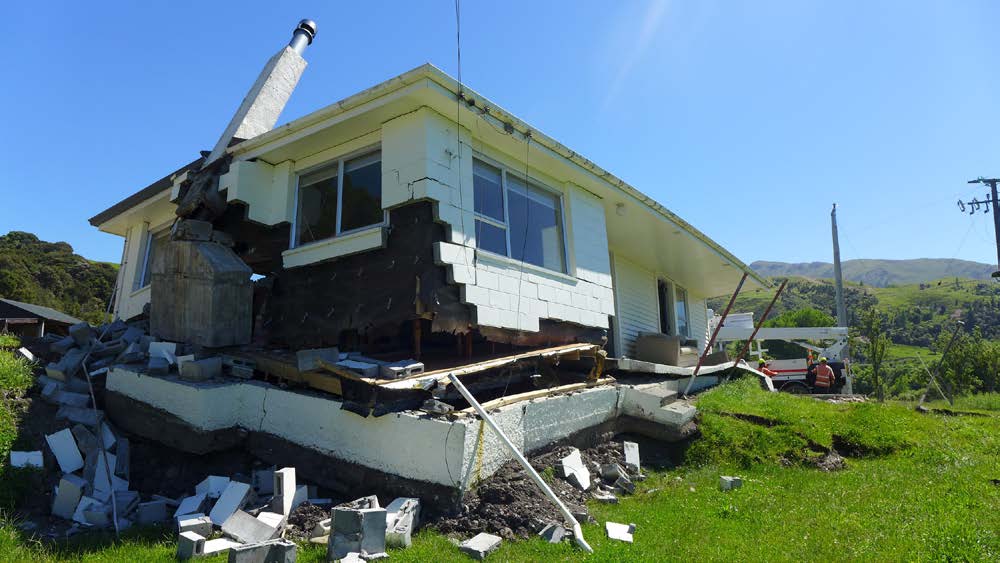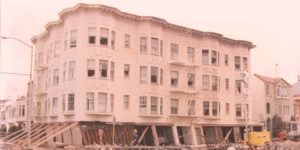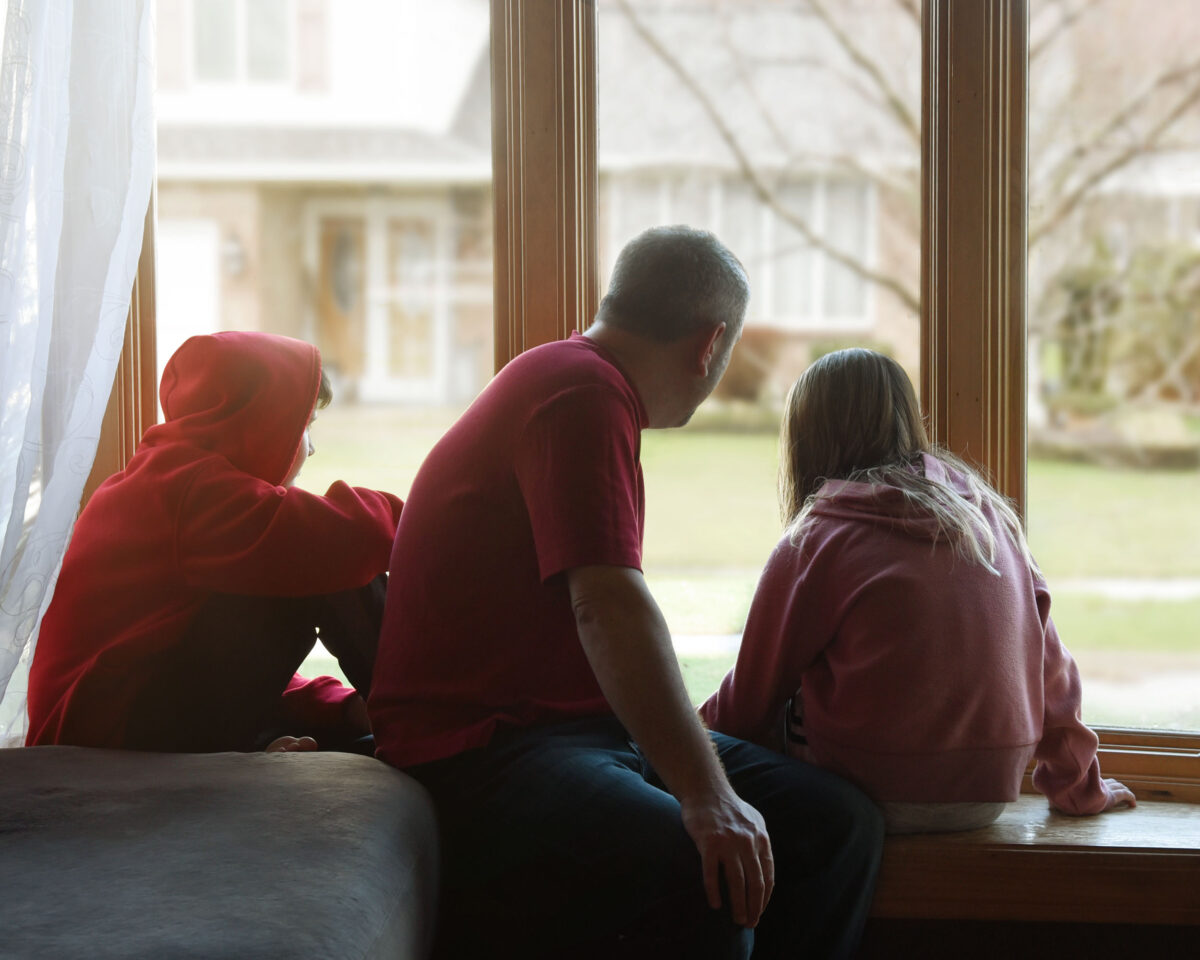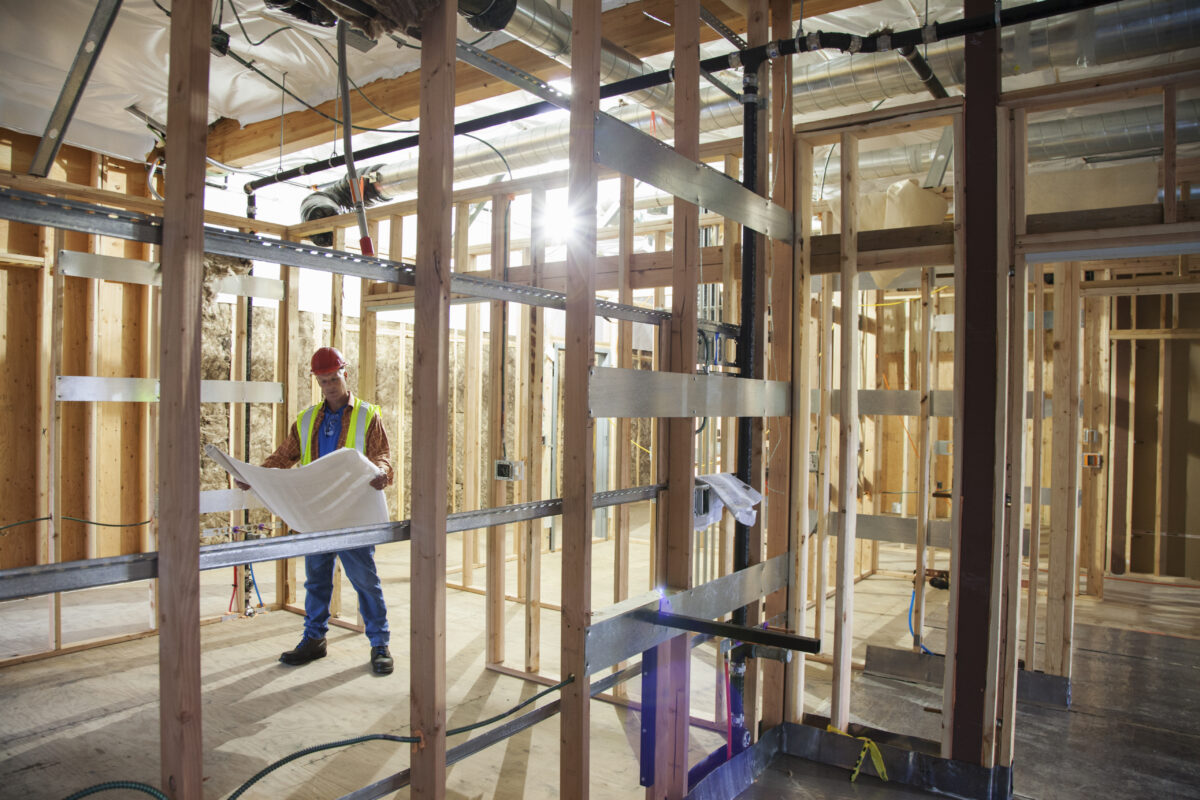Californians know that the Big One is not ‘if,’ but ‘when.’ And no one wishes for a large earthquake – not now, or ever. There is never a good time for an earthquake. But right now might actually be the least-bad time.
It clearly struck a nerve when the SF Chronicle ran yesterday’s article about the possibility of an earthquake during the current pandemic. The author made a point to provide extensive safety tips, but even so, readers harshly criticized the publisher for fear-mongering.
Earthquakes during this pandemic have already struck in Salt Lake City (M5.7, March 18) and Zagreb, Croatia (M5.4, March 21). Without question these earthquakes have added to the suffering that already exists. But are they really “double-disasters”?
Fear No More
Banish the fear: Objectively, an earthquake during the quarantine would result in substantially fewer fatalities than during “normal times.”
Data repeatedly prove that night-time earthquakes cause four times fewer fatalities than those during the day. Why? Primarily because people are in their homes. In the US, at least, houses are one of the safest places to be in an earthquake.
Read more below about why houses are safe.
Staying in our homes is the biggest reason the quarantine would not be the worst time for an earthquake, but isn’t the only one.
Four more reasons quarantine is not the worst time for an earthquake:
- Clear Roads – this means fewer obstacles for ambulances, firefighters, emergency repair crews to provide services.
- Togetherness – being with our loved ones means less panic about being able to reunite.
- We know our neighbors better – making us better-equipped to help each other out.
- We’ve prepared ourselves by stocking up on supplies
Honorable mention: The economy has already slumped. A big earthquake might “add insult to injury” but it won’t be the first stroke that initiates a decline.
Quarantine or not, keep yourself safe by learning what to do during an earthquake.
What about hospitals?
Building code regulations in California require a higher standard of design for hospitals. Nevertheless, in hospitals already at capacity due to the pandemic, an earthquake won’t make anything easier.
That said, there are two silver linings:
First, newly-available earthquake early warning (EEW) technology will save lives by providing a few seconds of advance warning – enough to shut-down critical procedures. Richard Allen, who was quoted at length in the Chronicle article, is the director of the Berkeley SeimoLab that developed EEW.
Second, the specialists most in-demand to treat earthquake injuries (orthopedists, trauma surgeons, e.g.) are generally not the same providers in highest demand for treating coronavirus.
Parting Thought: We’re All Resilient
Both this pandemic and earthquakes are scary. But the pandemic is teaching us we’re more resilient than we realize – both as individuals and communities. That resilience will carry us through any crisis we have to face.
Now, as promised, more about what makes houses one of the safest places to be:
Why houses are safe
Single-family wood-framed homes account for 90% of the buildings in California and 70% of the homes, and they’re one of the safest places in an earthquake. The main reason is that houses are relatively lightweight and “go along for the ride” with the shaking. They don’t experience the “whiplash” effect of heavy buildings that have inertia.
Even if a house is damaged, you’re unlikely to die. In the 2016 Kaikoura, New Zealand earthquake, this house was literally on top of a fault that ruptured and still the occupants were unharmed. 
Important exception: Stay away from your brick chimney! This is the most dangerous part of a house in an earthquake because bricks could fall. In fact, one of the two fatalities from the 2014 Napa, California earthquake occurred due to a falling chimney.
What about soft-stories?
Soft story structures are typically apartment buildings with large first-level openings for parking garages. They’re prone to damage but generally not deadly.

The first level tilts and even collapses, crushing cars, but upper stories don’t pancake because they’re lightweight and rigid – with fewer openings. Damage to soft story buildings makes them uninhabitable – and it’s a bad time to be homeless, but at least you live to tell the tale.



